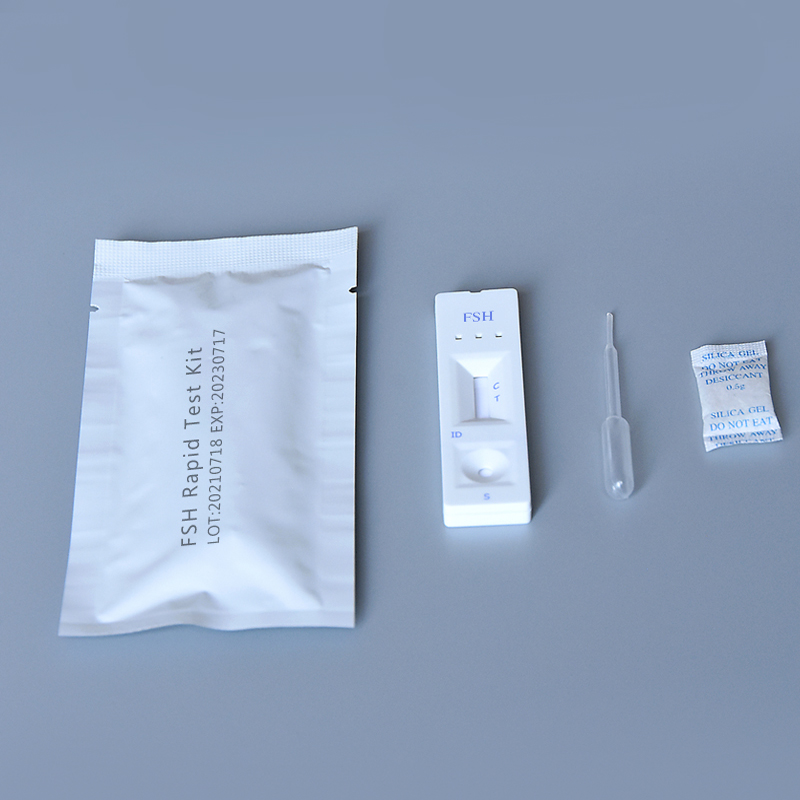Dec . 04, 2024 17:26 Back to list
accuracy of h pylori breath test
The Accuracy of H. Pylori Breath Test An Overview
Helicobacter pylori (H. pylori) is a gram-negative bacterium that infects the stomach lining and is often implicated in various gastrointestinal disorders, including chronic gastritis, peptic ulcers, and even stomach cancer. To diagnose H. pylori infections accurately, healthcare professionals utilize various methodologies, one of which is the breath test. This non-invasive test has garnered attention due to its convenience and reliability. In this article, we will explore the accuracy of the H. pylori breath test, including its mechanisms, comparison with other diagnostic methods, and its impact on patient management.
Mechanism of the Breath Test
The H. pylori breath test is primarily based on the detection of carbon dioxide in the breath after the ingestion of a urea solution labeled with a specific isotope, usually carbon-13 or carbon-14. When a patient consumes this urea substrate, any H. pylori present in the stomach breaks it down into ammonia and carbon dioxide. If H. pylori is present, the carbon dioxide released is absorbed into the bloodstream, transported to the lungs, and exhaled. By measuring the isotope-labeled carbon dioxide in the breath, clinicians can determine the presence of H. pylori in the stomach.
Accuracy Rates
The accuracy of the H. pylori breath test is notably high, with sensitivity and specificity often cited above 90%. Sensitivity refers to the test's ability to correctly identify individuals who have the infection, while specificity indicates the test's ability to correctly identify those who do not. Several studies have consistently shown that the breath test can differentiate between infected and non-infected patients effectively.
For instance, a meta-analysis of multiple studies revealed that the urea breath test has a sensitivity ranging from 85% to 100% and a specificity of 90% to 100%. This high level of accuracy makes it a preferred choice for both initial diagnosis and post-treatment evaluation of H. pylori infections.
Comparison with Other Diagnostic Methods
While the breath test is highly accurate, it is essential to compare it with other diagnostic methods to understand its place in clinical practice better. The common alternatives include serological tests, endoscopic biopsy, and stool antigen tests.
accuracy of h pylori breath test

1. Serological Tests These tests detect antibodies against H. pylori in the blood. However, they can yield false positives in cases of past infections or false negatives due to recent infections. Consequently, serological tests generally exhibit lower accuracy compared to the breath test.
2. Endoscopic Biopsy This invasive procedure involves taking a tissue sample from the stomach lining. While it can provide definitive diagnosis through culture and histological examination, it is less favorable due to its invasive nature and associated risks. Moreover, biopsies may also miss H. pylori if the bacterium is unevenly distributed in the gastric mucosa.
3. Stool Antigen Tests These tests analyze a stool sample to detect H. pylori antigens. While they offer good sensitivity and specificity, the breath test is often quicker and easier for patients, making it more popular in outpatient settings.
Implications for Patient Management
The accuracy of the H. pylori breath test significantly influences patient management. Given its high sensitivity and specificity, a positive breath test result can lead to prompt treatment initiation with antibiotics and proton pump inhibitors. Conversely, a negative result may guide clinicians to explore other causes of gastrointestinal symptoms, potentially reducing unnecessary medication.
Moreover, the breath test is particularly advantageous for confirming eradication post-treatment, ensuring effective management strategies can be employed without invasive procedures.
Conclusion
In conclusion, the H. pylori breath test stands out as a highly accurate, non-invasive diagnostic method for detecting H. pylori infections. With sensitivity and specificity rates exceeding 90%, it plays a crucial role in diagnosing and managing gastrointestinal disorders associated with this bacterium. As healthcare continues to evolve, the importance of accurate and patient-friendly diagnostic tools like the H. pylori breath test will undoubtedly remain paramount, offering hope for improved patient outcomes and effective disease management.
-
High-Quality Nasal Swab for Accurate Testing – Fast Results
NewsJul.26,2025
-
One Step LH Ovulation Test Kit - Accurate & Easy At-Home Fertility Tracking
NewsJul.25,2025
-
Sterile Urine Cup for Accurate Specimen Collection | Leak-Proof Design
NewsJul.24,2025
-
High Quality Cassette Lateral Flow for Accurate Testing Solutions
NewsJul.23,2025
-
Malaria PF / PAN AG Rapid Test – Accurate & Fast Malaria Diagnosis
NewsJul.22,2025
-
Accurate LH Ovulation Test Strips for Easy Fertility Tracking
NewsJul.21,2025

